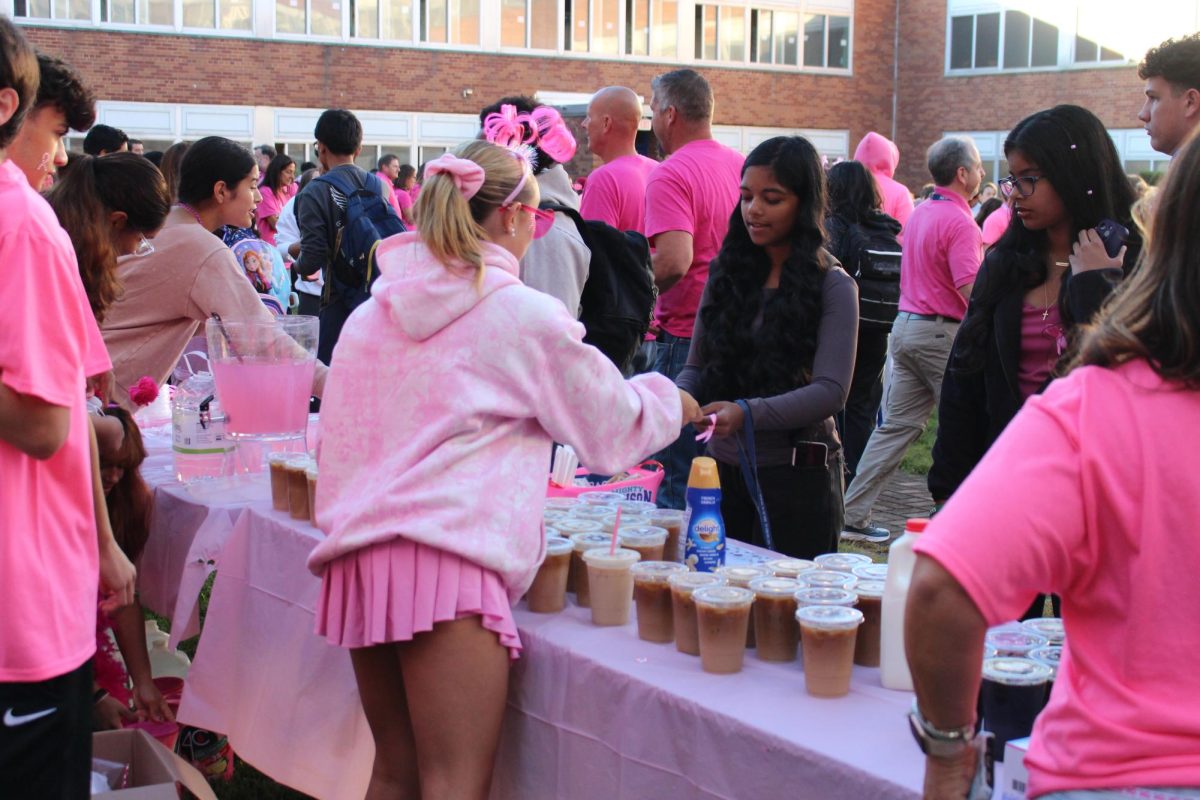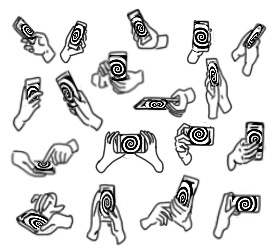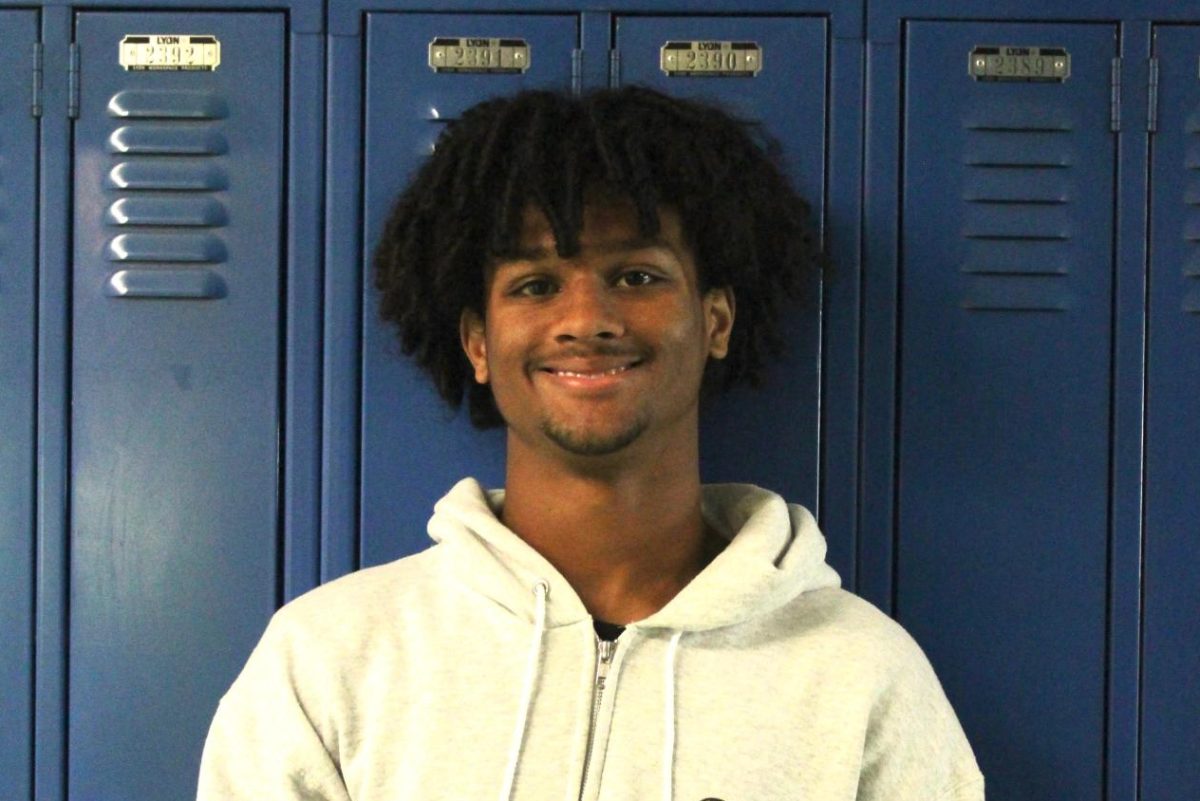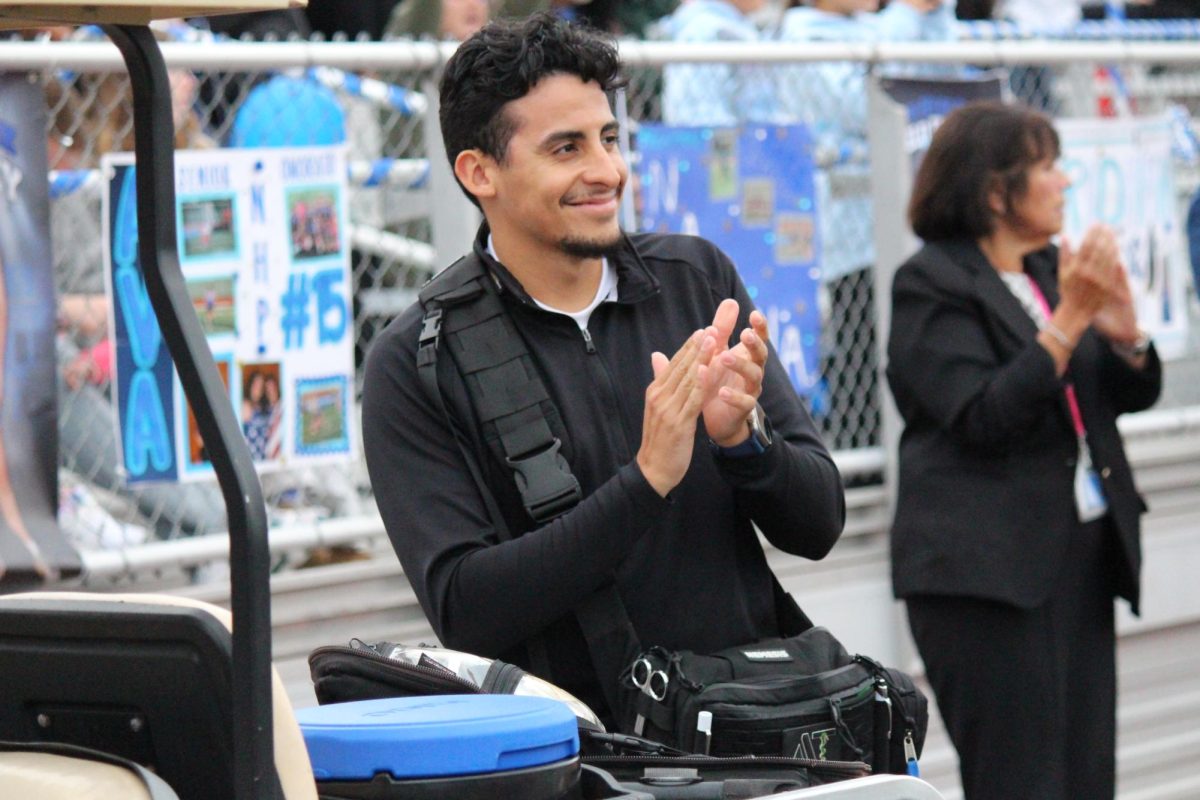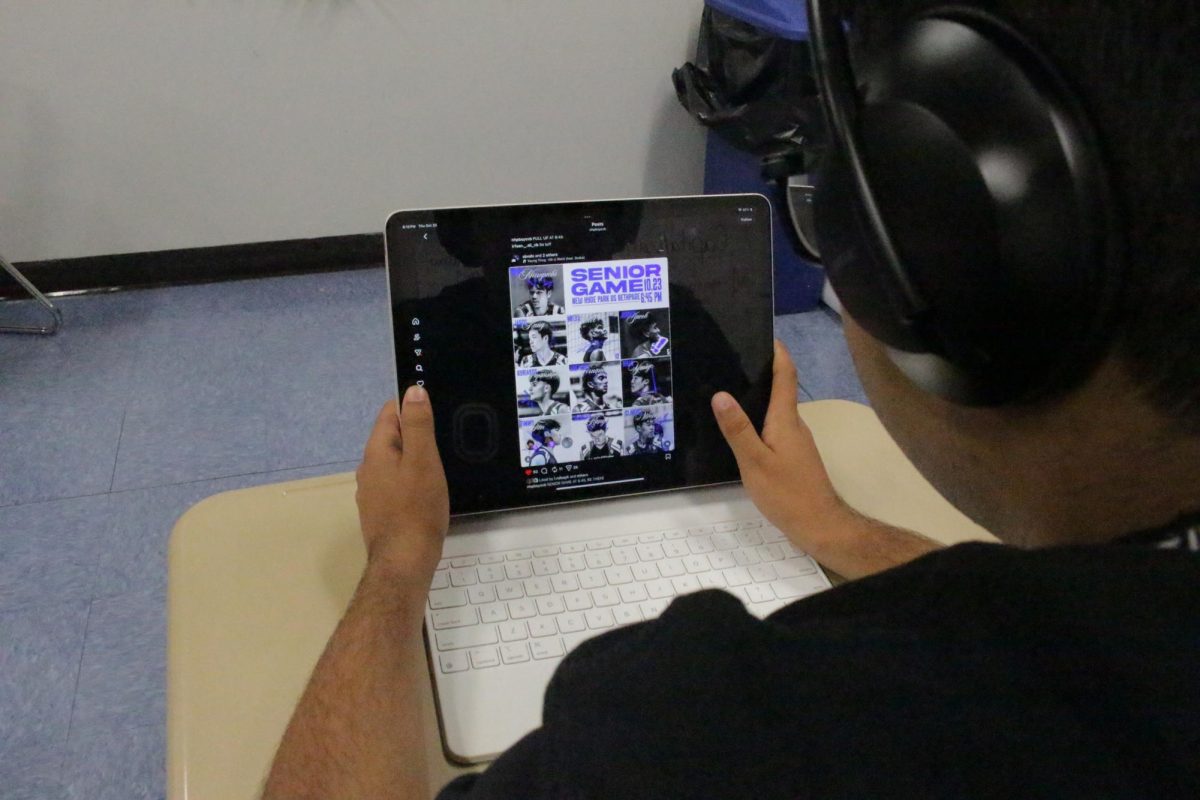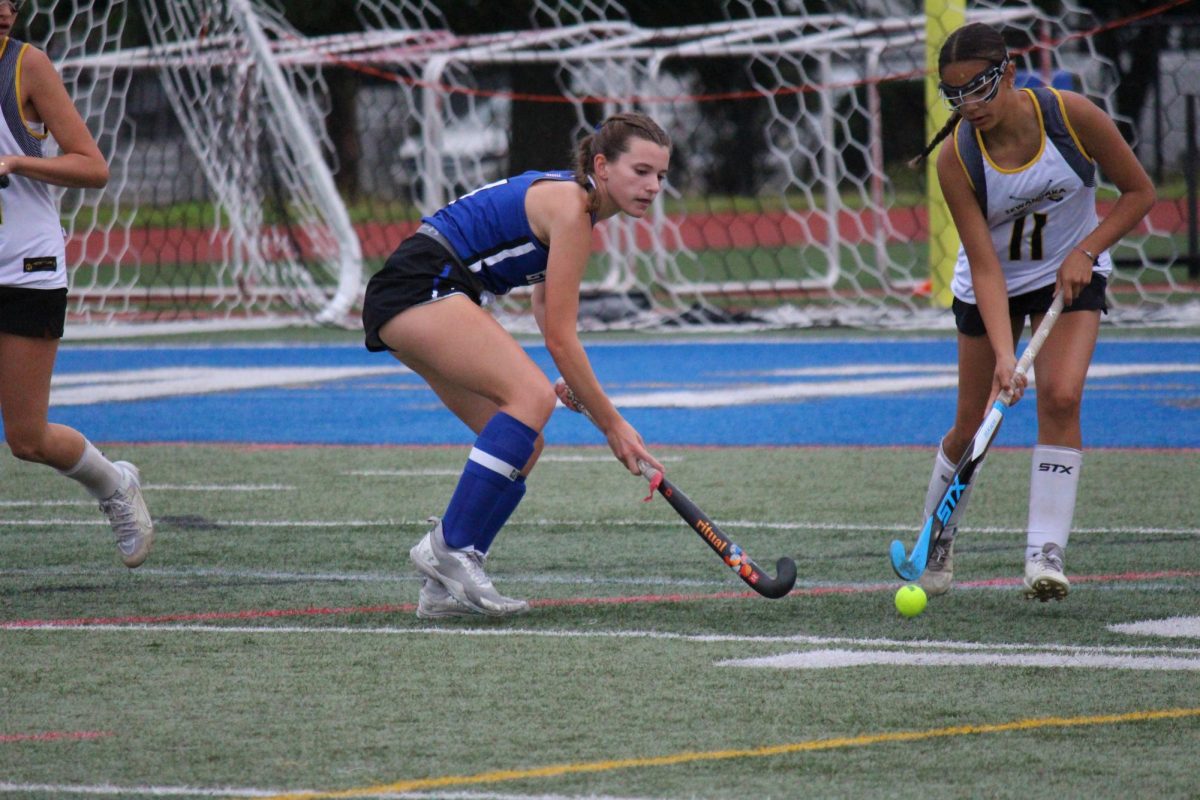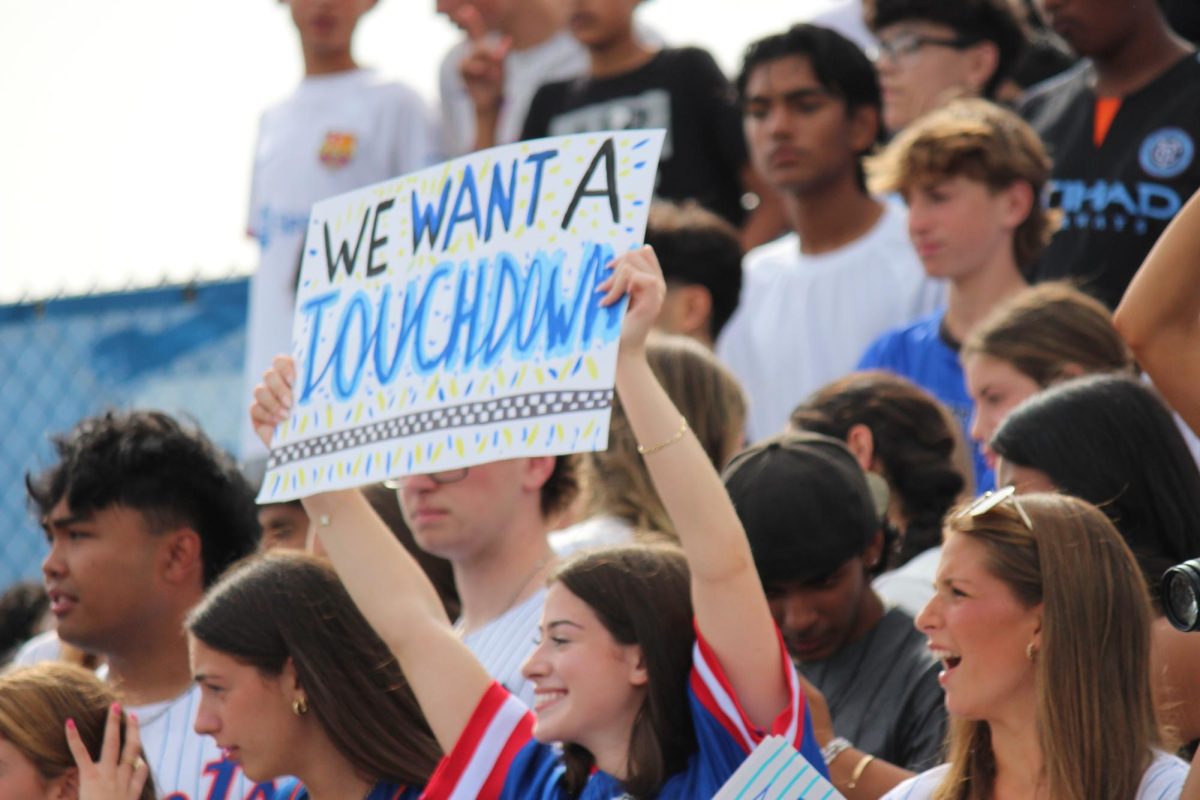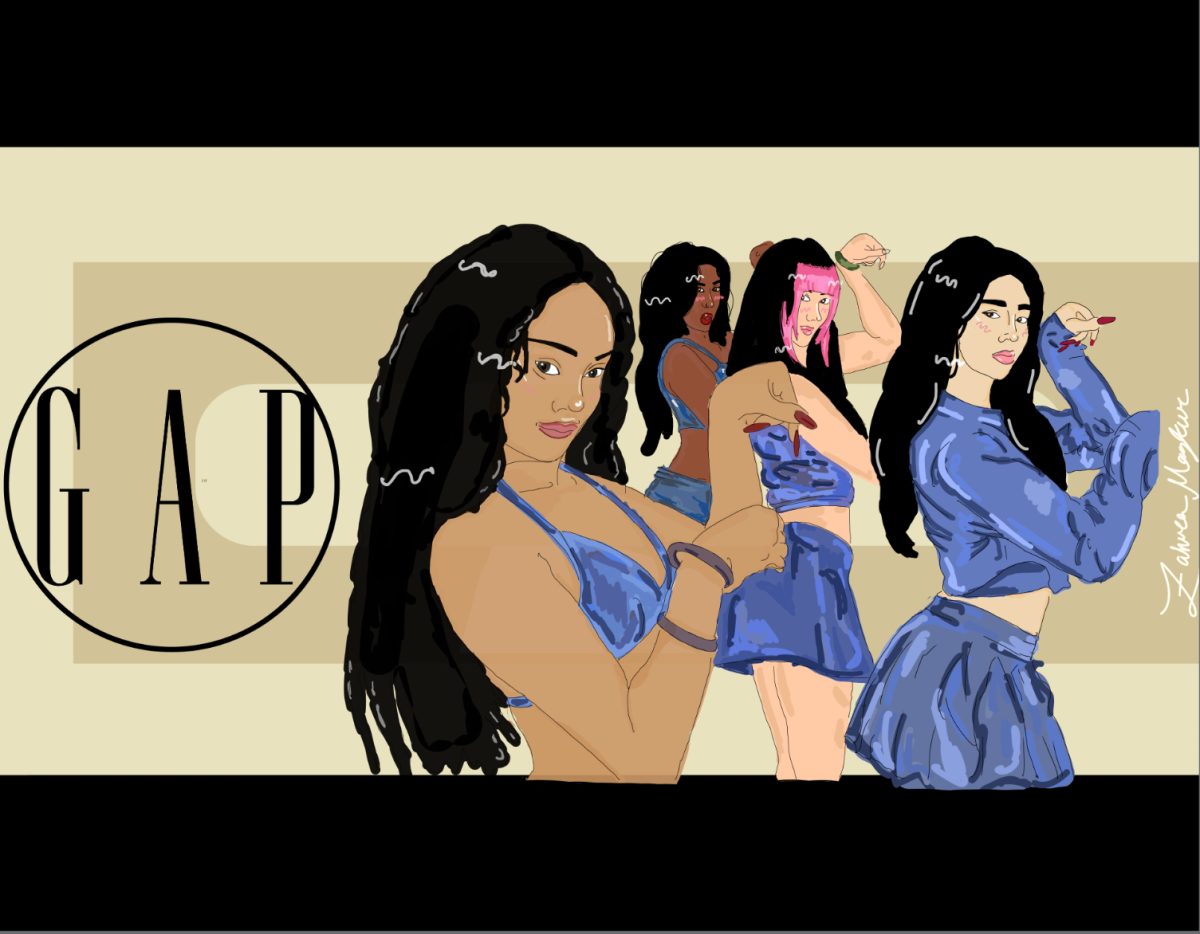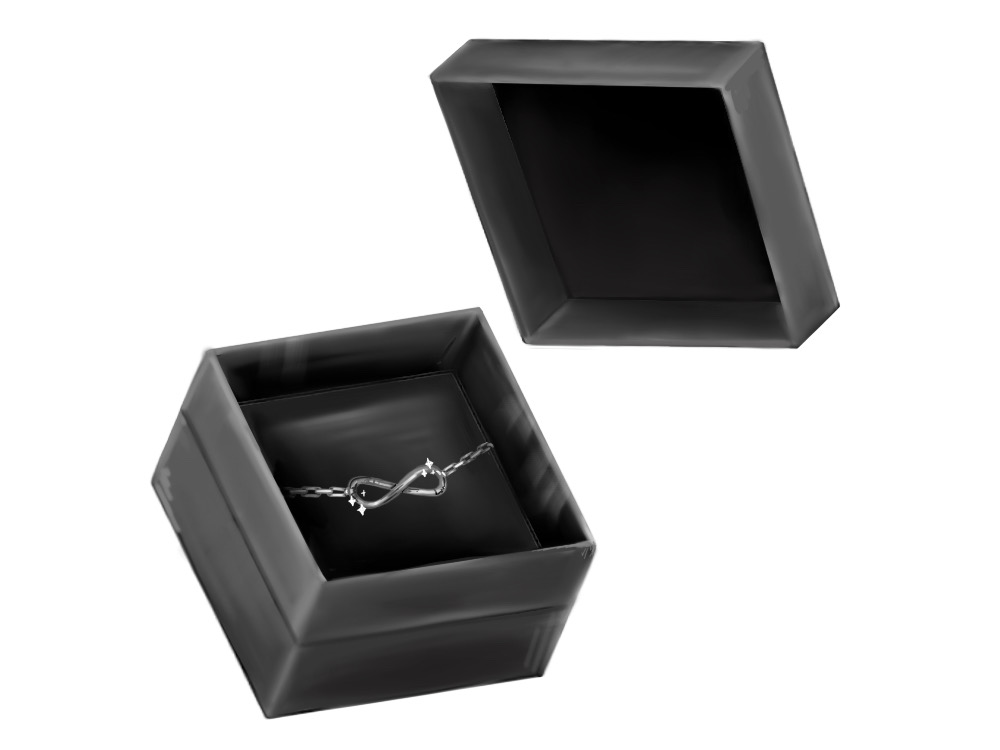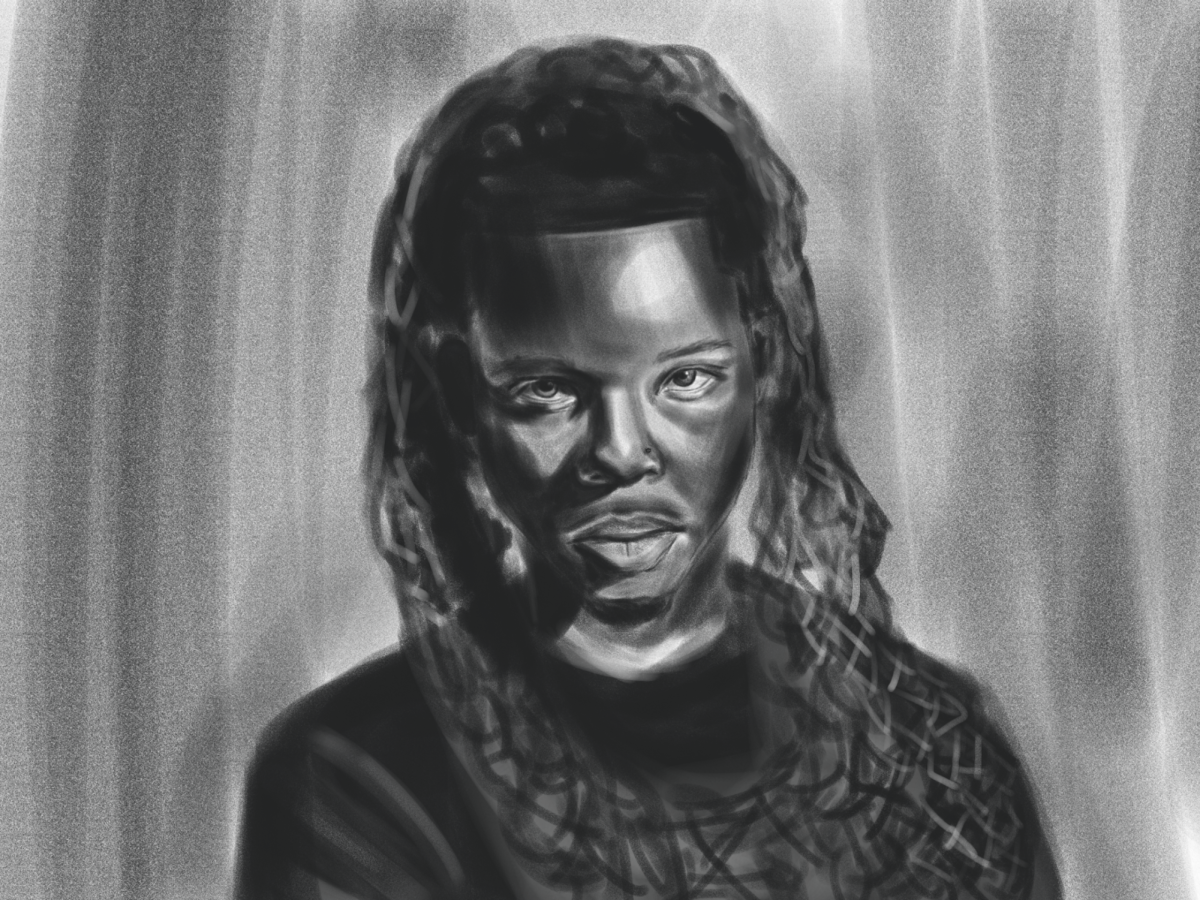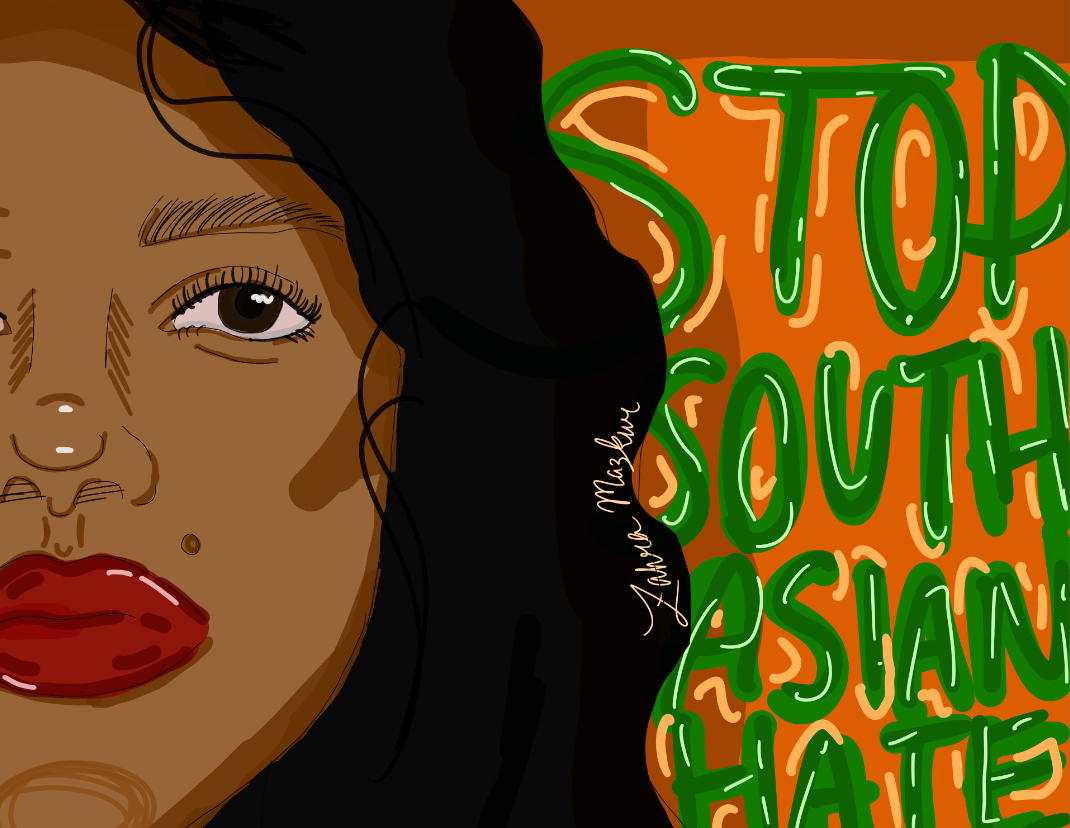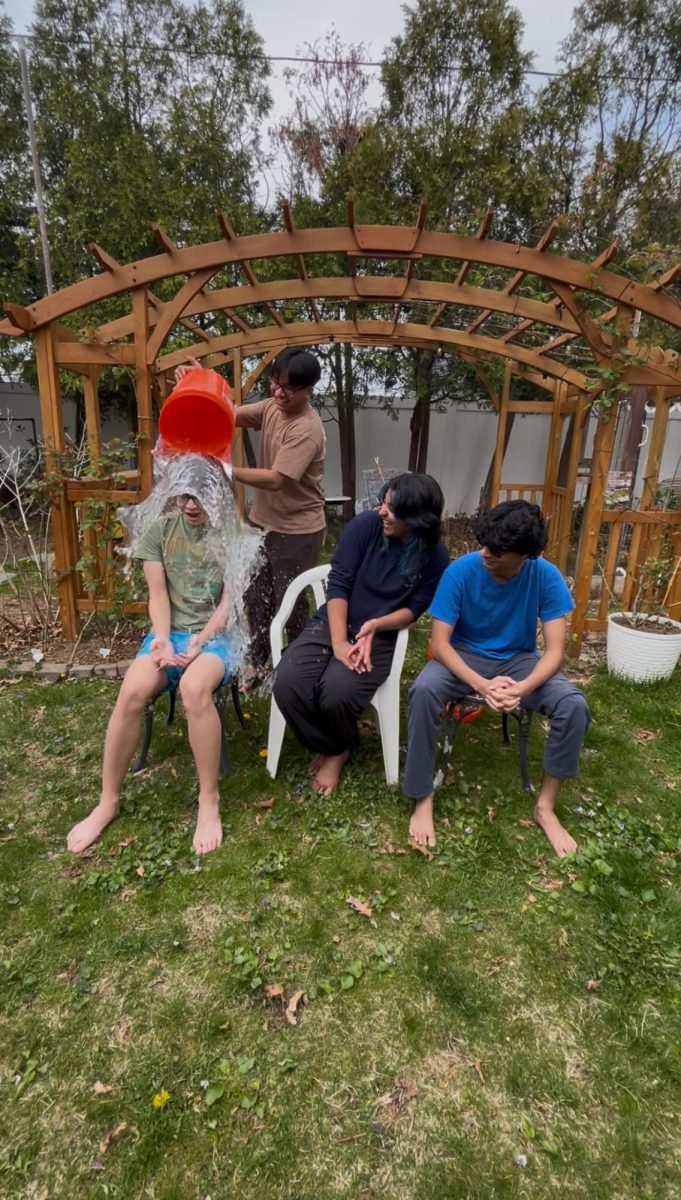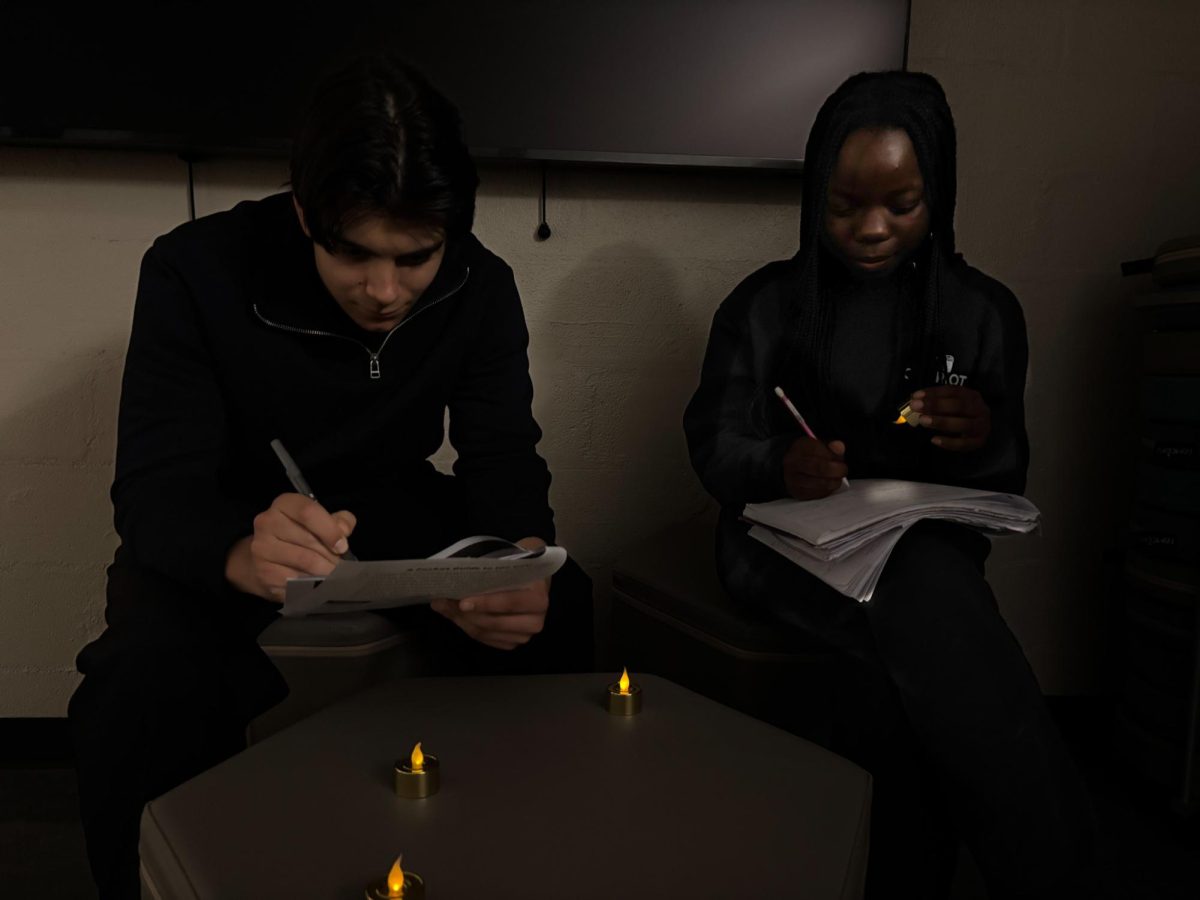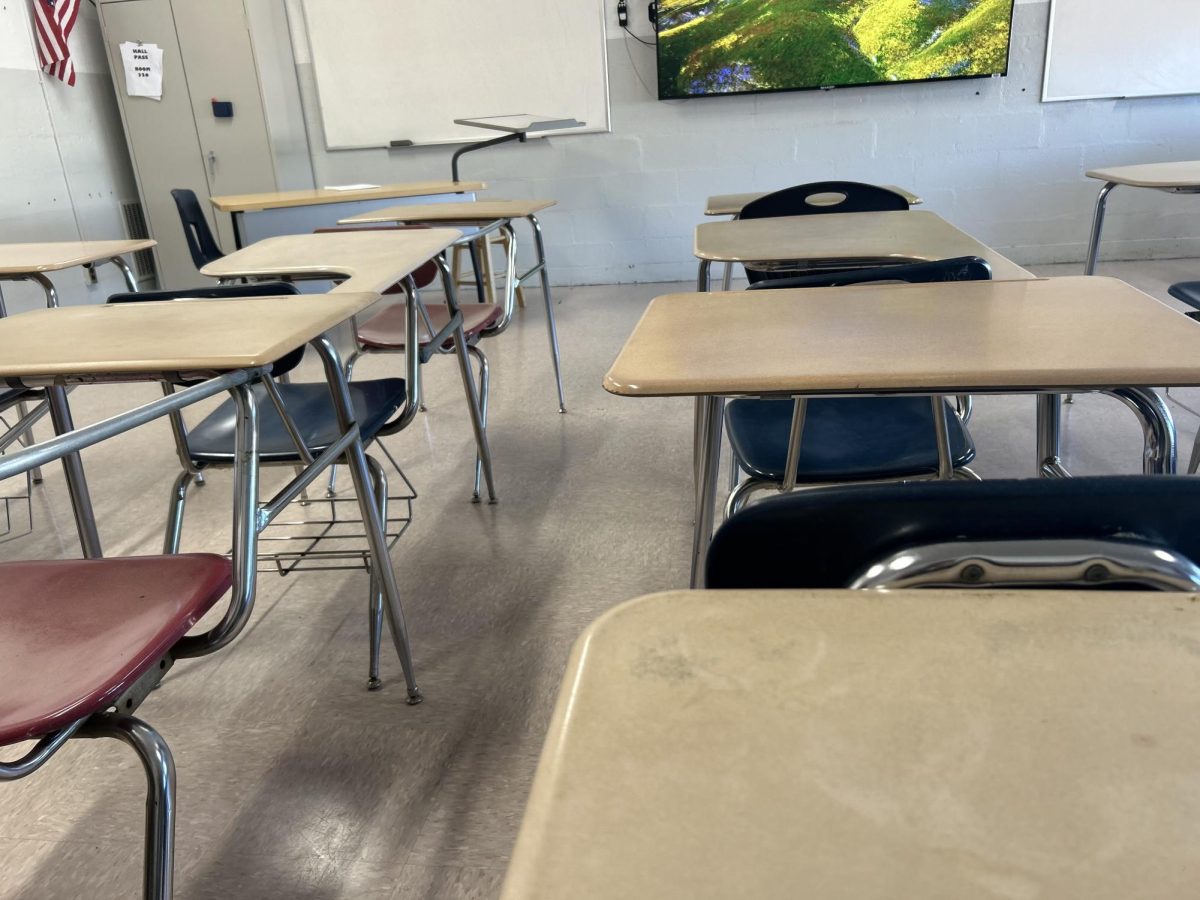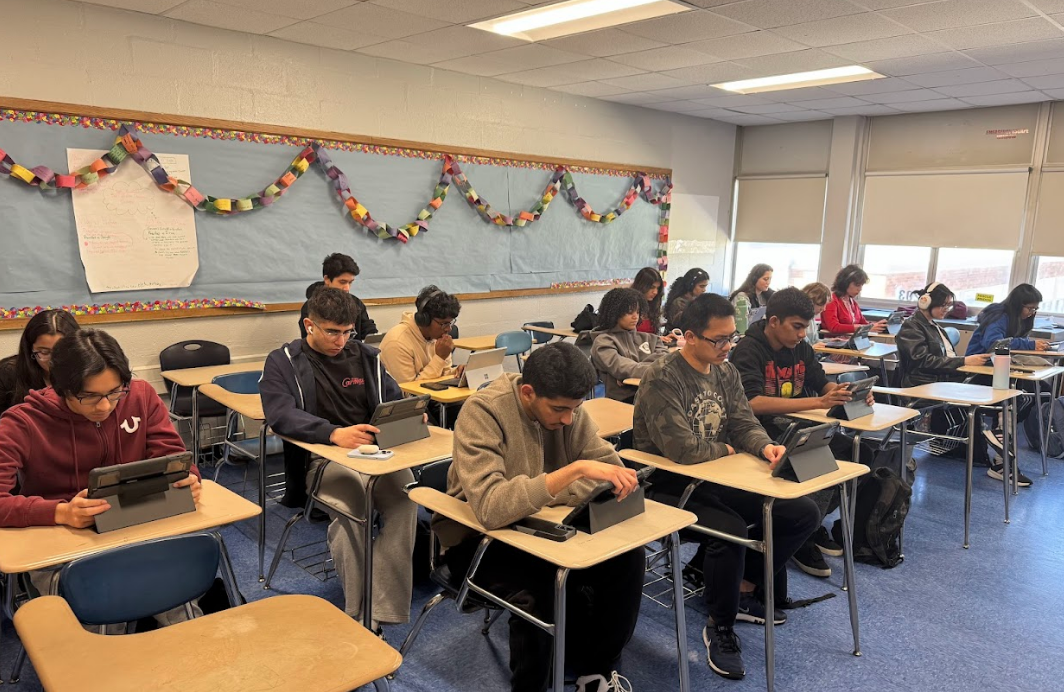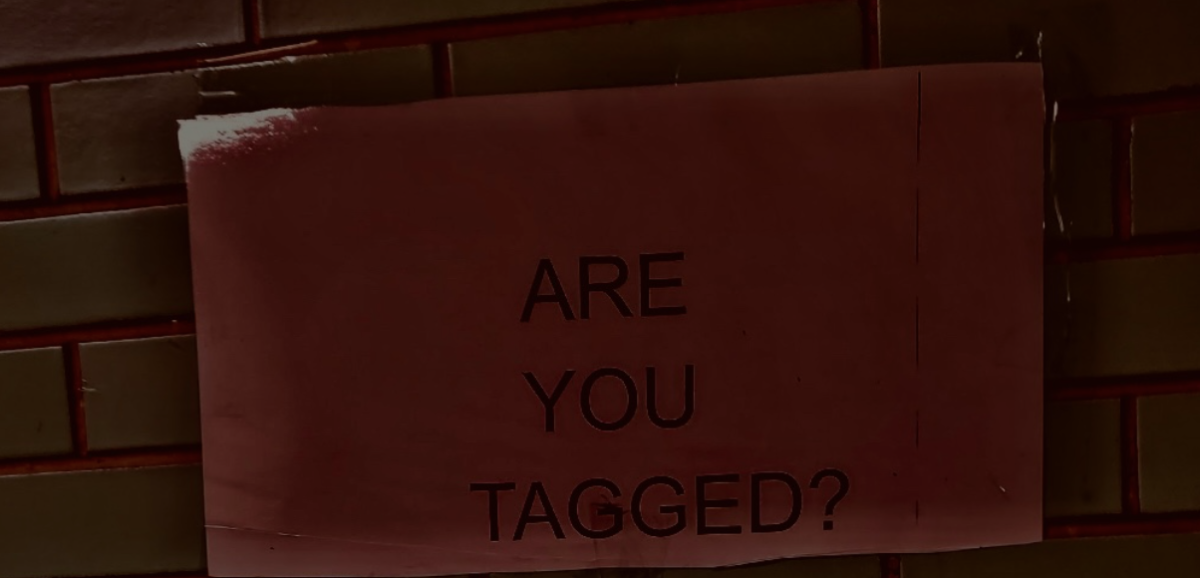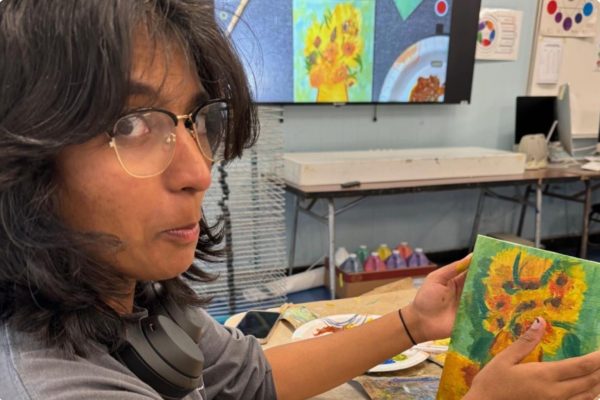This year, breakdancing was introduced into the Olympics for the first time in athletic history. Many fans were excited at the sport’s introduction, as breakdancing has an extensive background in American urban dancing, encompassing acrobatic movements, stylized footwork and hip-hop elements. However, upon the onset of the battles, some viewers were left upset at the performances being showcased.
For scoring, nine judges graded the dance battles on six criteria: creativity, personality, technique, variety, performativity and musicality. Each parameter weighed a different percentage, with technique, performativity and creativity weighing the most. The judges would submit their votes after each round and the dancer with the highest points would be the winner.
Rachael Gunn, stage name Raygun, was eliminated from the women’s breakdancing category with a score of zero for all three of her battles. She was ridiculed on the internet for her unorthodox style, including moves such as her backward roll, sprinkler, kangaroo hop and snake.
Raygun faced numerous accusations that she had manipulated the selection process, even being claimed to set up her own Australian governing body with her husband judging the trial. When the BBC asked about this theory, Raygun replied, “I won the Oceania championships. It was a direct qualifier. I worked my butt off, preparing for the Olympics and I gave my all truly.” She claimed that her breakdancing wasn’t as bad as the internet commenters made it out to be, but rather a different approach.
This performance left many people split on whether or not breakdancing should continue as an Olympic sport. Many claimed that the sport doesn’t fit the competitive nature of the other events, especially since it is viewed as an art form more so than a sport, exemplified by Raygun’s performance being highly contested as a “form” of breakdancing. Others claimed that Raygun doesn’t represent the entirety of the breakdancing community and shouldn’t be a factor in whether or not it should continue as an Olympic sport, with many other dancers, such as Sunny Choi, capturing the audience with their moves.
When asked about breakdancing competition, NHP students were divided in their opinions with both the performance of the dancers and the sport as a whole.
“I felt the breakdancing competition was very overrated. There wasn’t as much energy for this event in contrast with some of the newer sports like skateboarding and surfing,” junior Arvin Ghai said. “Regarding Raygun, technically, she was qualified to be there; though, her performance hardly reflected that.”
“Like all great artists, Raygun’s moves have simply not found an audience wise enough to appreciate them,” senior Joseph James said. “I heard they might not continue break dancing for the next Olympics which would be sad to hear as it’s a genuinely enjoyable sport to watch, and even if you didn’t like Raygun’s performance, there are other dancers who most people would agree to be incredible.”
“I think that the Olympics should reflect serious sports that people have been competing in for years. For me, the breakdancing event doesn’t make it to the Olympics. I also don’t think there were serious judges to choose the right person to compete in the Olympics,” Spanish teacher Mrs. Pincay said. “Raygun’s performance was disrespectful to the Olympic institution. If she hadn’t been selected then maybe breakdancing would have continued for the 2028 Olympic Games in Los Angeles.”
While Raygun’s performance left many fans shocked, some viewers were refreshed with the incorporation of breakdancing, being able to see art in a typically competition-based atmosphere. Although breakdancing won’t be a part of the 2028 Olympics, it is a mystery if, beyond those games, it will return.

